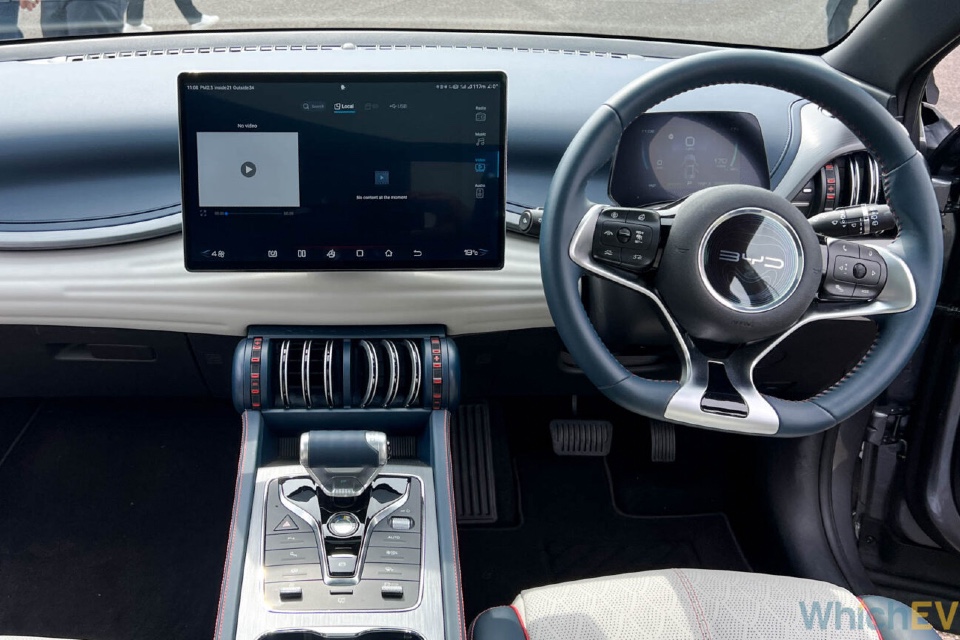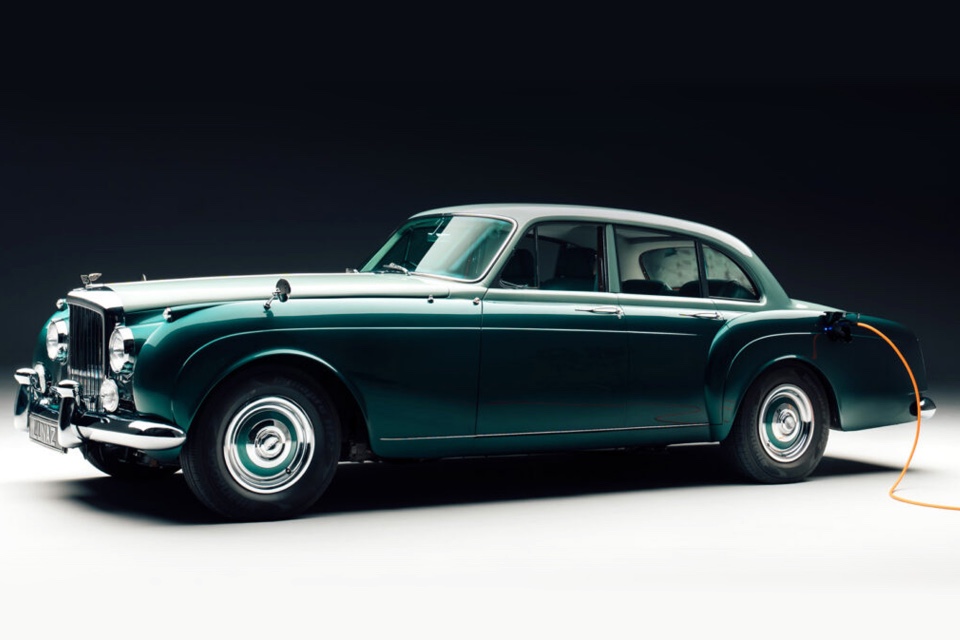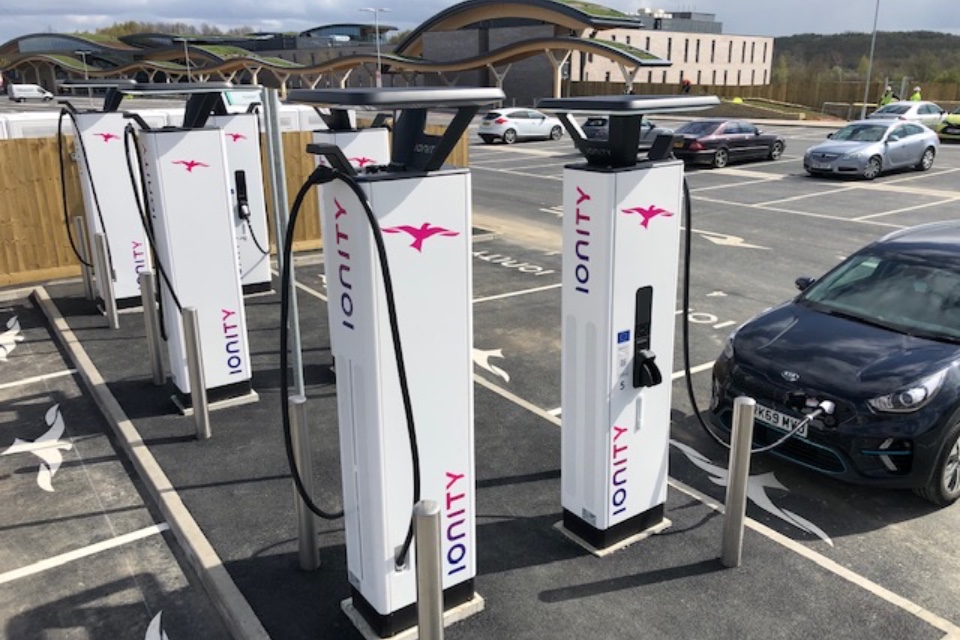THE WHICHEV VIEW: Global EV market penetration heading to 15%
https://fleetservicessummit.co.uk/wp-content/uploads/2023/06/BYD-ATTO-3-First-Drive-Fully-Charged-on-WhichEV-IMG_E8817-1536x864-2.jpg 960 640 Guest Post Guest Post https://secure.gravatar.com/avatar/cb2a67f15cd7d053d8e638a1df3fd67f?s=96&d=mm&r=gBy WhichEV
IDC is reporting that the number of EVs in use across world is heading toward the 12 million mark, while around 1 in 4 of the EVs sold are in Europe.
BYD, Tesla and SAIC represent over 36% of the EVs sold globally (their share of the huge Chinese market is over 53%).
The ATTO 3 from BYD is being sold through multiple UK dealers, including Stratstone – which has traditionally been a Jaguar house.
WhichEV spoke with Stratstone and they told use that they feel comfortable integrating BYD into their range, as there is little/no overlap with Jaguar or any of the Land/Range Rover products
The ATTO 3 is already affordable (around £37,000), but the new BYD Dolphin will push prices down below £30,000 and that leaves the tantalising prospect of the BYD Seagull which could retail in Europe for a little over €10,000 and in the UK for less than £10,000 – with the higher end BYD Seal around £40,000
If the next generation of Chinese EVs can offer fleet managers products from £10,000 to £50,000 – through major local dealers that can offer local support – just how fast could fleets move across to pollution free vehicles?










